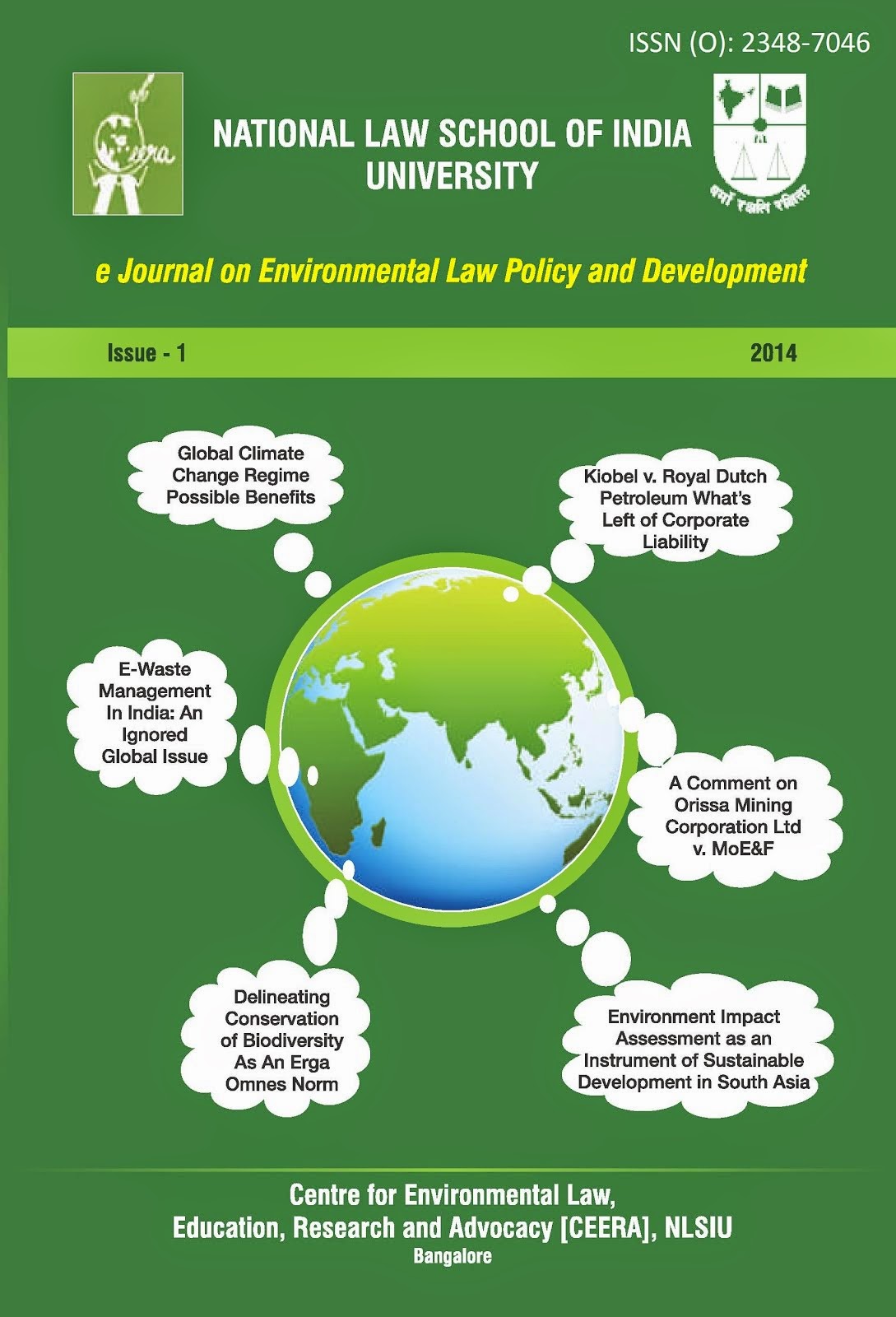Jan 20 2015 : The Times of India (Delhi)
'World's 1% to be richer than rest by next year'
Kounteya Sinha
|
London
|
The wealthiest 1% people will own more than the rest of the world's population by 2016, according to anti-poverty charity Oxfam.The share of global wealth owned by this elite group increased from 44% in 2009 to 48% in 2014; its members have an av erage wealth of $2.7 million.
Oxfam's executive director Winnie Byanyima, who will cochair an event at the World Economic Forum in Davos, said she would use the forum to demand urgent action to narrow the gap between the rich and poor.
The international agency warned that an explosion in inequality was holding back the fight against global poverty at a time when one in nine people don't have enough to eat and more than one billion people still live on less than $1.25 a day.
Oxfam's executive director Winnie Byanyima, who will cochair an event at the World Economic Forum in Davos, said she would use the forum to demand urgent action to narrow the gap between the rich and poor.
The international agency warned that an explosion in inequality was holding back the fight against global poverty at a time when one in nine people don't have enough to eat and more than one billion people still live on less than $1.25 a day.
